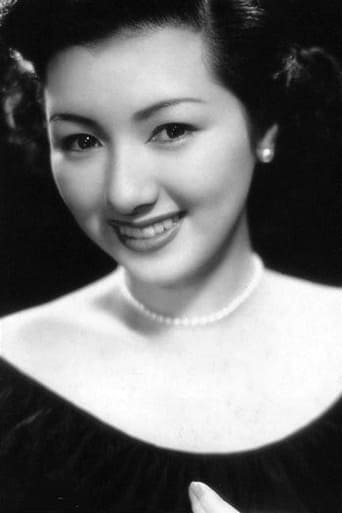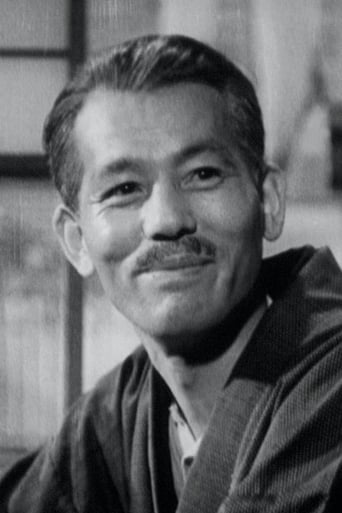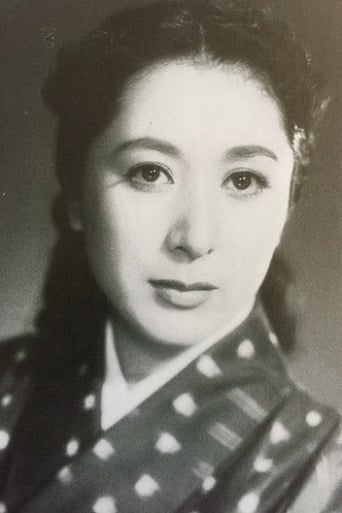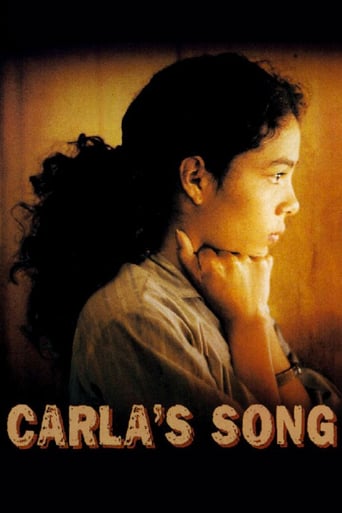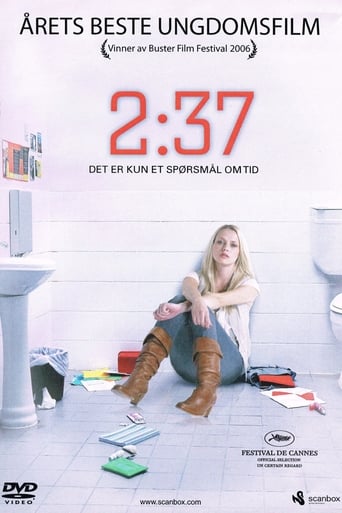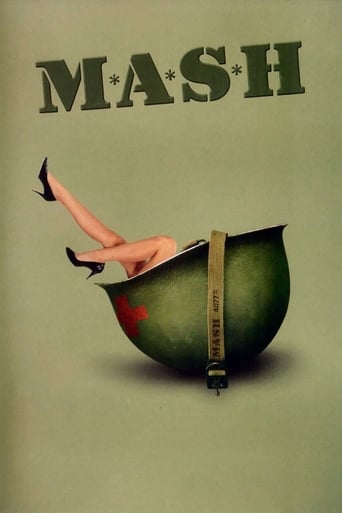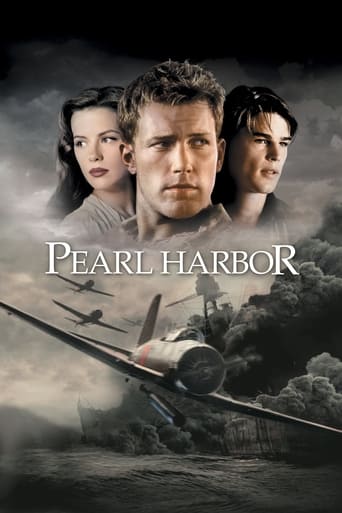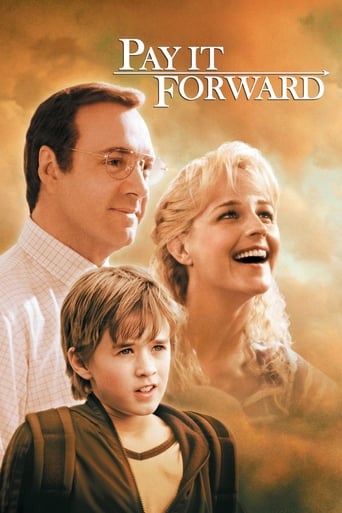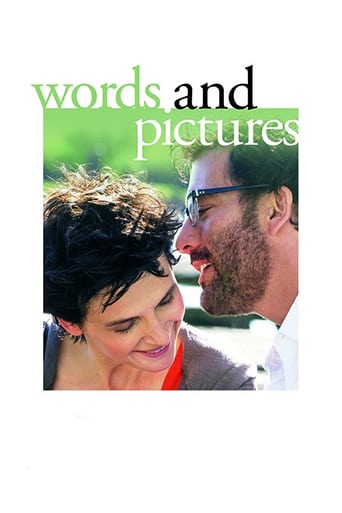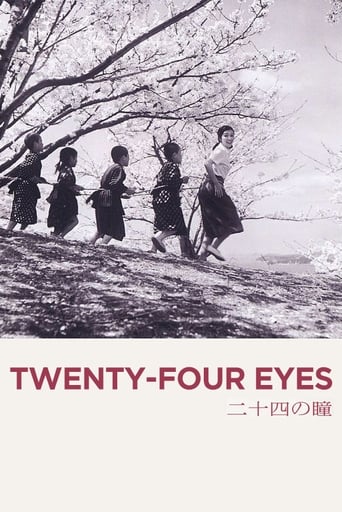
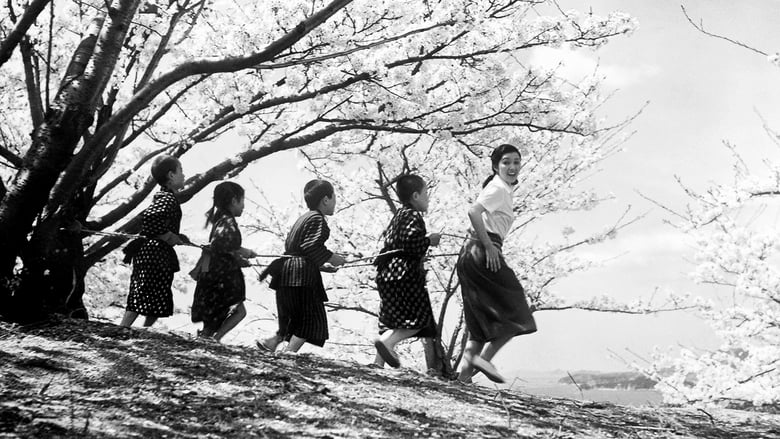
Twenty-Four Eyes (1954)
In 1928, schoolteacher Hisako Oishi takes a post on the island of Shodoshima teaching a group of twelve first grade students. In the following years, they face poverty, the rise of nationalism, and finally war.
Watch Trailer
Cast


Similar titles
Reviews
Viewed on DVD. Editing = 2.5 stars; restoration = 2.5 stars. Director Keisuke Kinoshita's lyrical outing suffers from an attempt to blend epoch drama with an all-purpose (Swiss-army-knife) children's choral concert. The mash up is quite effective when the Director sticks with cute first-grade school songs. Not so much when his children's chorus sings lyrics that: consist of blank-verse nonsense (a phenomenon often found on the sound track of films from this era); take on an unrealistic adult perspective; provide expository information (voice-over singing); deliver travel logs; provide third-party points of view; etc. In short, this incessant "racket" rapidly becomes an irritant especially when it keeps interrupting the very engaging story line. The film needs a good scrub by an experienced musical director (which would also shorten a too long film and keep the focus squarely on the unfolding high drama). It is amusing to see that school classes seem to be limited to--you guessed it--singing! No less interesting is the lack of continuity when 12 first-grade children (24 eyes) suddenly become 20 or more (40 eyes!). Kinoshita makes effective use of very long scenes by ensuring they remain engaging. Acting, however, is uneven due to limitations in script and direction. The talents of leading actress Hideko Takamine (playing a "modern" school teacher) are squandered with dialog along the lines of "I don't know what to say" and "I can't say anything now" and ever present sobbing (more than half of Takamine's performance is limited to crying!). Distinguished actor Chishû Ryû is both miscast and misdirected playing a clueless first-grade music teacher. Director Kinoshita also over doses on cute (but hammy and obviously staged) mug shots of children (the same shots are repeatedly shown). Subtitles do not translate hand writing and some singing bouts. Cinematography (narrow screen, black and white) uses an antique format (perhaps due to budging issues and/or fear of updating?). Editing errors and restoration that does not correct for same occur with each inter-scene dissolve in the first third of the movie. Linked scenes go out of focus just before and immediately after each dissolve (could at least be replaced with jump cuts during restoration?). Sound dubbing is OK. Nonchoral music consists of a rich score that include some riffs on Steven Foster and Auld Lang Syne. Enjoyable, especially if you are into choral music big time! WILLIAM FLANIGAN, PhD.
An unusual film about nurturing individuality.Miss Oishi (Hideko Takamine) is a natural-born educator who looks for what's unique in each of her students. They have never met anyone quite like this cheerful, Western-dressing, bike-riding lady who asks what's important and really listens to the answer. This film takes place on and around picturesque Shodoshima, an island in Japan's Inland Sea. We follow this inspired human being in the years before Japan's defeat in WWII and shortly afterward.Ms. Takamine is wonderful in the lead -- psychologically attuned to everyone she meets and not defensive, which is surprising given the place and time. ("Fine by me," she says when called a coward. "I don't need people's praise.")Lulled often by an instrumental version of "Auld Lang Syne," we come to see how poverty, conventional mores, and nationalism harshly limit kids' horizons. We ache along with Miss Oishi as we watch children who have talent and dreams quit school to cook for their families, become fishermen or soldiers, or, as perhaps is implied, sell their bodies.The film proceeds at a slow pace, with many scenes of children singing in groups (i.e., "The vast cloud of our hopes has finally taken shape"). It's common to observe one character weeping upon hearing the words of another.I noticed a couple of disconnects in this otherwise compelling tale. As perceptive as Miss Oishi is, she seems to have chosen a husband who doesn't really get her. When she speaks of quitting teaching, he assumes it's because she's tired of kids -- though it's really, she notes, because "we're not allowed to establish any real bond." Odder, given the location and time frame of the film, no mention is made of Hiroshima -- though the atomized city would have been practically right next door!Even so, "Twenty-four" is well worth seeing for its reminder that people aren't just faces in a crowd. I have a book whose definition of morality goes along the lines of "never forgetting that the person with whom you are interacting is another human being." This film beautifully fine-tunes that critically important message.
"Nijûshi No Hitomi" is an interesting film in that you initially think it's just a heart-warming story about a school teacher but it actually is a tale chronicling the rise of militarism and destruction of a generation. And, in the process, it draws you into the characters' lives and makes you appreciate the great loss--these were decent people.This story begins in a country village in Japan in 1928. A young female teacher is beginning her first assignment and she has trouble with some of the locals not accepting her. They see her as a 'city girl' and despite connecting with the kids, has a hard time being accepted by the parents. The war in China and WWII are still years ahead. The twenty-four eyes in the story refers to the 12 adorable students in her charge--and the film follows them through the 1930s and into the 40s.In many ways, the film is very slow and sweet as their lives unfold, but there is also a strong undercurrent of melancholy for losses that occur throughout the years as well as upcoming losses. This is heightened by the songs chosen throughout the film--all very, very sentimental. Heck, the entire film just drips sentiment. Now this is not a criticism--the film tries from start to finish to pull at your heart.A change slowly occurs through the course of the film. As the Japanese militarism is on the rise, there is also a strong push for the teachers to teach only approved content--content that encourages patriotism and self-sacrifice--turning the children into 'good' little children who want to go off to war. Anyone not espousing this view in the classroom is labeled a 'Red' and the teacher is finding it harder and harder to teach in such an environment. It's also tough because she really can't speak her mind or encourage her male students to lives outside the military. As a result, she decides to quit her job and raise a family of her own. In this, the film really does a good job. Instead of just saying that militarism is evil and destructive, you slowly see the students grow...and then die in a war of aggression. And, you then see the teacher's own kids as they, too, are infected with this view of the world.By the time the movie is complete, Japan has been defeated, the teacher has lost her husband to the war and many of her students from long ago are dead as well. The teacher is just thrilled that all the killing is over and that they can return to normal--something they haven't seen for many years. but, unfortunately, the sad times are not completely behind them. However, now things have come full circle, as the teacher can now finally return back to work--and she has many students who are the children of her original class back in 1928. Later, after class, seeing her wander through the graveyard looking at all the familiar names is quite touching.Overall, this is a very melancholy but beautiful movie. Despite being extremely long and slow, it's not over-long and manages to capture the viewer--pulling them into this sad time. Through very deliberate pacing, exceptional acting and very, very, very sentimental music, the film makes its point so well. When this debuted in Japan, the theaters must have been filled with sobbing patrons.By the way, for another great Japanese film about the waste of WWII, try watching "Fires On The Plain" ("Nobi"). It's very, very different from this film--but exceptional nevertheless.
For English speaking people, there are not many movies available on DVD starring Hideko Takamine. This is one, and it is a masterpiece. Ms. Takamine plays a schoolteacher in a small Inland Sea village in Japan. The movie's time line is twenty years, from 1928 to 1948. These turbulent times affect the students she teaches, some of whom went off to war. There are many tears in this film, from the children and Takamine's character. The fact that "Auld Lang Syne" is used at times for background music heightens the feelings of loss & sadness, which does make up some of the story. This is somewhat of an anti-war film, but only as it affects the children and the teacher. Ms. Takamine is luminous in this role, as she is in every movie I've ever seen her in. The fact that the director Kinoshita Keisuke also directed her in "Carmen Comes Home" (the first ever Japanese film in color), a film light years away from this one, shows off their versatility in their craft. The only complaint I have is small, that the subtitles are somewhat annoying, since they are sometimes out of sync. However, a great movie is a great movie. This film won the Golden Globe for Best Foreign Language Film. It is a richly deserved honor.


